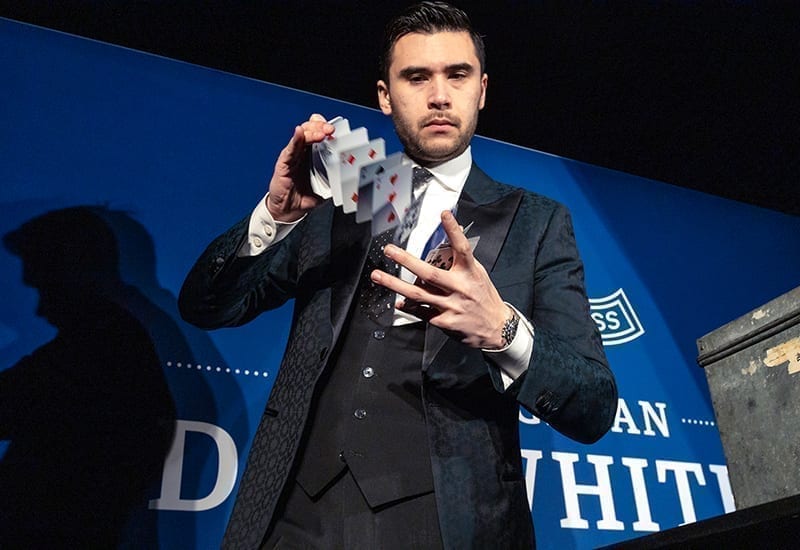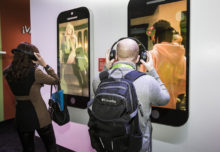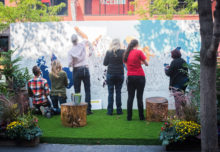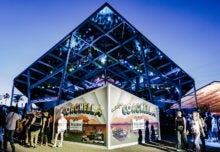Activating as a non-endemic brand at a trade show like CES brings with it the added challenge of demonstrating your relevance while rising above the crowded landscape. For the last three years, American Express has broken through by avoiding technology at the annual show for consumer electronics—instead, swooping in to be of service to attendees. It’s a strategy rooted in the 170-year-old brand’s messaging surrounding customer service. It’s also one backed by new industry research.
According to the We Know Experience 2.0 report (Momentum), making attendees happy doesn’t just look good in pictures. It can move the needle. The report reflects on a “stark shift” in consumer expectations in recent years. For example, 86 percent of consumers today say they believe it’s important that brands “lift their mood and make them feel better,” compared to just 23 percent who responded that way in 2012. Consumers are more anxious today, and 83 percent said they believe it’s important for brands to “take away stress or anxiety.”
 More on This Topic:
More on This Topic:
- Leaning on the ‘Unexpected,’ American Express Invites a Magician to CES
- Roundup from CES 2020: Magicians, Potty Prototypes, Booth Builds and VR
American Express at CES this year took into consideration the hectic nature of the show and delivered a little slice of entertainment for attendees. Within its footprint outside the Las Vegas Convention Center, the brand offered fresh popcorn, a photo op, lounge seating and intimate magic shows with professional magician Dan White.
Here, three insights from Tracey Shechtman, vp-global experiential and brand partnerships at American Express, on standing out, and building an experience for an over-stimulated trade show audience.
Be fast and be premium.
For Shechtman, a job well done is one that makes attendees feel what a partnership with American Express is like—in the most efficient manner possible.
“It has got to be unique, it has got to break through, it has got to relate to our customers, it has to be really digestible in terms of what the concept is,” she says. “There can’t be a high barrier to entry. People don’t have time, they’re moving from one thing to the next. They’re running late and they’re canceling meetings because they can’t get from one point to another. So, how are we going to capture them in the moment and make it really easy for them to interact with us?”
Build a footprint designed for throughput.
You may be tempted to create multiple touchpoints that deliver copious amounts of data—perhaps through a formal registration system with a survey or by creating opportunities for attendees to “earn” stuff with a social share. But for American Express, speed equals success.
“The metrics we can measure digitally are important—we do measure acquisition, we measure card sign-up, but that’s not what drives what we do with this,” Shechtman says. “When we show up somewhere like CES, it is specifically to interact with as many people as we possibly can.”
Be unexpected, but be relevant.
American Express focuses on elevated experiences that are applicable to all. In other words, while its activations may include a “plus-up” for cardmembers, the brand never wants to be thought of as an exclusive brand, Shechtman says. Magic is a global common denominator, and one that anyone, from anywhere, can enjoy and appreciate.
“Pitch me the unexpected. As long as it’s natural to who we are as a brand, I’m probably going to go with it,” she says. “That’s how we got ‘Escape the Office’ a few years ago. Our agency asked, ‘What is it that American Express said it would never do,’ and that’s the idea that we approved.”
Photo courtesy: Ed Gregory/In Color Studios






